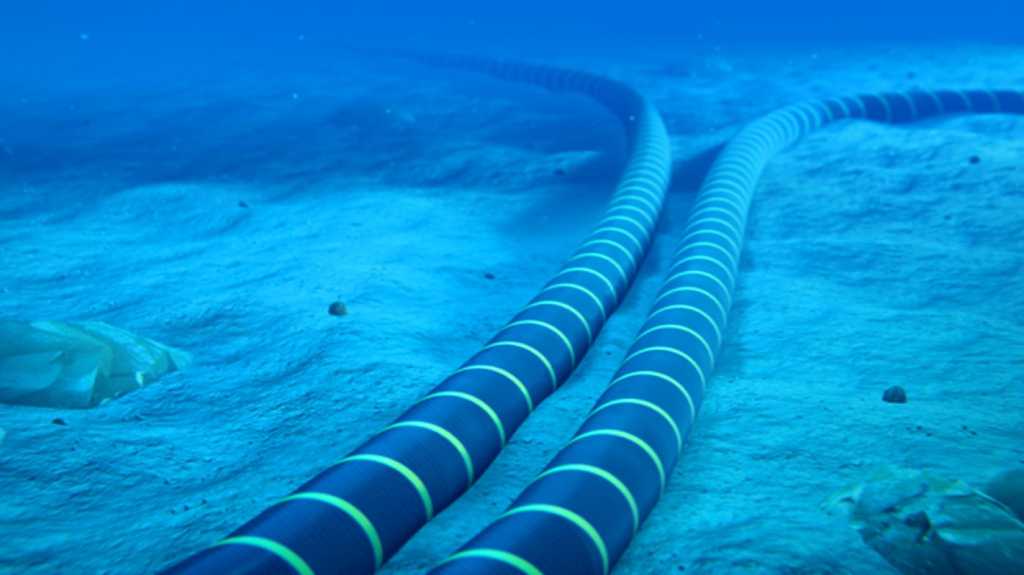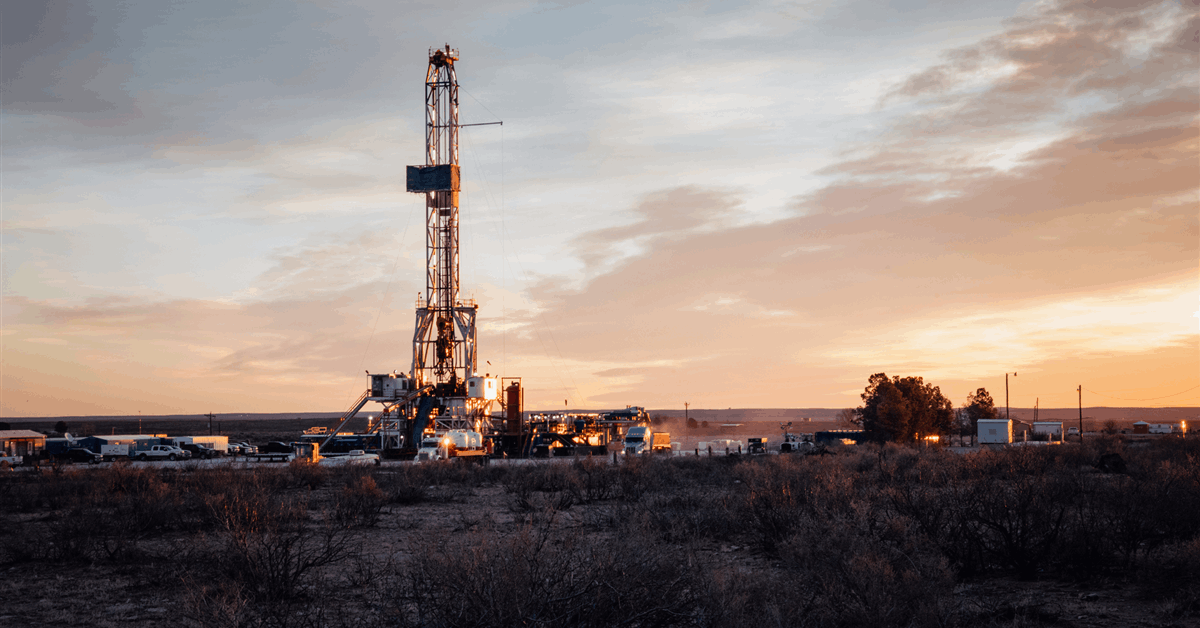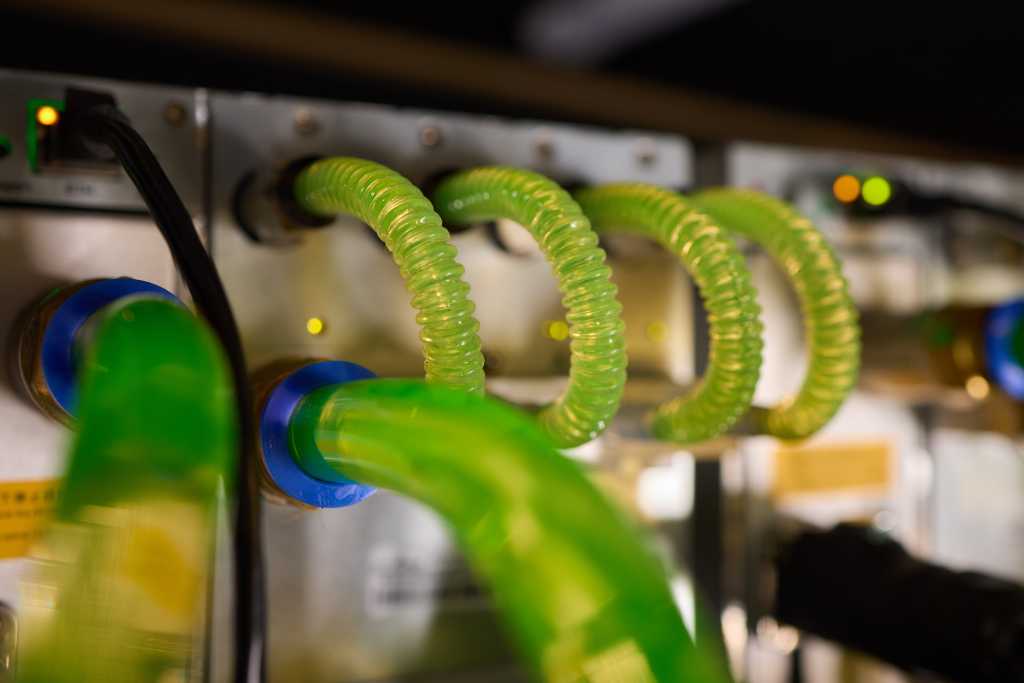
The UK joined the European Union’s efforts to diminish Russia’s revenues further by lowering the price cap on its crude oil, extending a broader push to pressure the Kremlin for continuing the war in Ukraine.
The cap on Russian oil, currently set at $60 per barrel, will be lowered to $47.60 on September 2, the UK government announced Friday. The price caps of $100 on high-value refined oil products, such as diesel and petrol, and $45 on low-value refined oil products, such as fuel oil, remain unaffected.
EU states earlier approved a fresh sanctions package on Russia that included new banking restrictions and curbs on fuels made from the nation’s petroleum. The package – the bloc’s 18th since Moscow’s full-scale invasion of Ukraine – will also cut off 20 more Russian banks from the international payments system SWIFT and impose restrictions on Russian petroleum refined in other countries. A large oil refinery in India, part-owned by Russia’s state-run oil company, Rosneft PJSC, was also blacklisted.
The latest sanctions from the UK and EU are aimed at further crimping the Russia’s energy revenue, the bulk of which comes from oil exports to India and China. It comes after the original price cap imposed by the Group of Seven had a limited impact due to a large shadow fleet of tankers that haul its oil without using western services.
The revised cap approved by the EU will be set at 15 percent below market rates moving forward and revised automatically at least twice a year.
“This decisive step to lower the crude Oil Price Cap will target Russia’s oil revenues and ramp up the pressure on Putin by exploiting his biggest vulnerability – while keeping energy markets stable,” said UK Chancellor of the Exchequer Rachel Reeves.
The UK and EU have so far failed to convince the US to support the lower cap. Discussions are ongoing with other G-7 members but the US opposition is making it hard to reach agreement, according to people familiar with the matter.
The EU’s move to restrict fuels such as diesel made from Russian crude could have some market impact because Europe imports the fuel from India, which in turn buys large amounts of Russian crude. Diesel markets have been showing signs of tightness for several weeks.
The bloc’s envoys backed the sanctions on Friday after Slovakia signed off. The package is set to be adopted later Friday at a meeting of EU ministers in Brussels. There can still be 11th-hour tweaks before the measures are formally adopted.
Other EU measures include sanctions on dozens more vessels in Russia’s shadow fleet of oil tankers, bringing the total above 400, as well as on several entities and traders that work with the covert fleet; the addition of more goods to existing export lists of restricted items used by Moscow’s defense sector; and sanctions on several entities, including in China, that are seen as helping Russia skirt the bloc’s trade and energy restrictions.
In the gas market, there were also sanctions on the Nord Stream pipelines.
Russia needs to analyze the latest package of restrictions to minimize its consequences, but the nation has already “acquired a certain immunity from sanctions,” Interfax reported, citing Kremlin spokesman Dmitry Peskov. “We have adapted to life under sanctions,” Peskov said.
What do you think? We’d love to hear from you, join the conversation on the
Rigzone Energy Network.
The Rigzone Energy Network is a new social experience created for you and all energy professionals to Speak Up about our industry, share knowledge, connect with peers and industry insiders and engage in a professional community that will empower your career in energy.





















